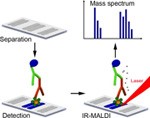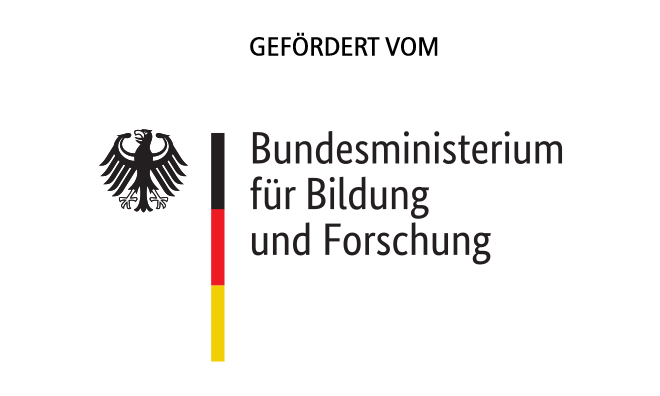The initial step of numerous prokaryotic and viral infections consists in the binding of adhesins of pathogens and toxins secreted by bacteria to the cell surface of susceptible target cells of the host, whereupon the actual disease is triggered. All animal and human cells have glycolipids in their plasma membranes, which are used as docking structures by a variety of bacteria and viruses. After binding to the cell surface, viruses or toxins, for example, are receptor-mediated into the cell interior, which ultimately leads to the manifestation of an infection. So far, fimbial adhesins and toxins secreted by them have been described for some zoonotic pathogens, although their host receptors are still largely unknown in animals and humans.
In this pilot project, the potential glycolipid receptors of zoonotic virulence factors and zoonotic pathogens were investigated in cooperation with seven designated scientists of the National Research Platform for Zoonoses. Subsequently, the structural characterisation of both the hydrophilic oligosaccharide and the hydrophobic ceramide part of the glycolipids was carried out using the latest biophysical techniques.
In detail
1. the subtilase cytotoxin from enterohaemorrhagic Escherichia coli (EHEC),
2. the adhesin I of extraintestinal pathogenic E. coli (ExPEC),
3. novel constructs of avian haemagglutinin fusion proteins (H7 and H9); and
4. intact porcine H1N1 influenza viruses and avian H5N1 strains
is edited.
Based on the immunochemical receptor detection, mass spectrometric (MS) methods were applied, whereby the structural characterization of the glycolipid receptors was performed using infrared matrix-assisted laser desorption/ionization flight time mass spectrometry (IR-MALDI-TOF-MS) and electrospray ionization quadrupole flight time mass spectrometry (ESI-QTOF-MS). In the course of the project, the identification of potential glycolipid receptors of zoonotic agents was offered as a service to all members of the National Research Platform for Zoonoses.
Furthermore, the medium- to long-term goal is to apply the results obtained to new therapeutic approaches for the control of zoonotic diseases.
Workshop
As part of this project, a workshop was held on 24 and 25 September 2012 for veterinarians*, human physicians* and natural scientists* from a wide range of disciplines. The aim of the workshop was to give participants an insight into mass spectrometry as an important analytical method in zoonosis research. The two-day workshop was held at the Institute for Hygiene at the University Hospital Münster and was divided into a theoretical and a practical part.
You can read the detailed follow-up report here.
Coordination:
Prof. Dr. Johannes Müthing (Institute for Hygiene, Westfälische Wilhelms-Universität Münster)
Project partner:
Prof. Dr. Herbert Schmidt (Institute of Food Science and Biotechnology, University of Hohenheim)
Prof. Dr. Lothar Wieler (Institute for Microbiology and Animal Diseases, Free University of Berlin)
Prof. Dr. Stephan Ludwig and Dr. Christina Ehrhardt (Institute of Virology, Westfälische Wilhelms-Universität Münster)
Prof. Dr. Georg Herrler (Institute of Virology, University of Veterinary Medicine Hannover)
Prof. Dr. Dr. h.c. Helge Karch (Institute for Hygiene, Westfälische Wilhelms-Universität Münster)
PD Dr. Alexander Mellmann (Institute for Hygiene, Westfälische Wilhelms-Universität Münster)
Project duration: 01.02.2012 - 31.01.2013




